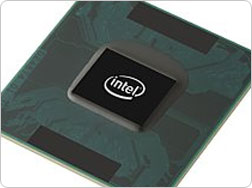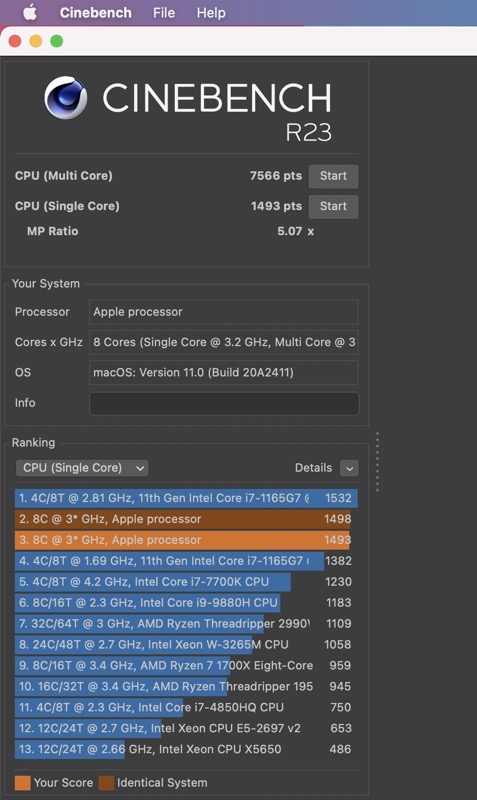
- INTEL POWER GADGET NOT SHOWING ALL CORES SOFTWARE
- INTEL POWER GADGET NOT SHOWING ALL CORES CODE
- INTEL POWER GADGET NOT SHOWING ALL CORES SERIES

The good news is that Intel processors already provide the capability to monitor performance events inside processors. The bandwidth test "stream" already saturates the capacity of memory controller with fewer threads than there are cores available.Ībstraction Level for Performance Monitoring Units Ī different example is the CPU utilization for "memory throughput"-intensive workloads on multi-core systems. Then, the reported CPU utilization is 50% even though the application can use up to 70%-100% of the execution units. However, HT-unaware end users get easily confused by the reported CPU utilization: Consider an application that runs a single thread on each physical core. Intel® HT technology is a great performance feature that can boost performance by up to 30%. The advances in computer architecture made this algorithm an unreliable metric because of introduction of multi core and multi CPU systems, multi-level caches, non-uniform memory, simultaneous multithreading (SMT), pipelining, out-of-order execution, etc.įigure 2: The complexity of a modern multi-processor, multi-core systemĪ prominent example is the non-linear CPU utilization on processors with Intel® Hyper-Threading Technology (Intel® HT Technology).

For compute-bound workloads, the CPU utilization metric calculated this way predicted the remaining CPU capacity very well for architectures of 80ies that had much more uniform and predictable performance compared to modern systems. The current implementation of this metric (the number that the UNIX* "top" utility and the Windows* task manager report) shows the portion of time slots that the CPU scheduler in the OS could assign to execution of running programs or the OS itself the rest of the time is idle. When the CPU utilization does not tell you the utilization of the CPUĬPU utilization number obtained from operating system (OS) is a metric that has been used for many purposes like product sizing, compute capacity planning, job scheduling, and so on. The Intel® Performance Counter Monitor provides sample C++ routines and utilities to estimate the internal resource utilization of the latest Intel® Xeon® and Core™ processors and gain a significant performance boost
INTEL POWER GADGET NOT SHOWING ALL CORES SOFTWARE
Software that understands and dynamically adjusts to resource utilization of modern processors has performance and power advantages. Hierarchical cache subsystems, non-uniform memory, simultaneous multithreading and out-of-order execution have a huge impact on the performance and compute capacity of modern processors.įigure 1: "CPU Utilization" measures only the time a thread is scheduled on a core The complexity of computing systems has tremendously increased over the last decades. Introduction to Intel® PCM (Performance Counter Monitor) Roman Dementiev, Thomas Willhalm, Otto Bruggeman, Patrick Fay, Patrick Ungerer, Austen Ott, Patrick Lu, James Harris, Phil Kerly, Patrick Konsor, Andrey Semin, Michael Kanaly, Ryan Brazones, Rahul Shah, Jacob Dobkins
INTEL POWER GADGET NOT SHOWING ALL CORES SERIES
INTEL POWER GADGET NOT SHOWING ALL CORES CODE


Intel® Performance Counter Monitor (Intel® PCM) is discontinued.


 0 kommentar(er)
0 kommentar(er)
